Fun Facts about Kahuzi Biega National Park
Congo, Africa / March 11, 2025 / 2 comments
When I told people that I was going gorilla trekking in the Democratic Republic of Congo (Congo or DRC for short), people were shocked. They didn’t understand why I’d be going to a tumultuous country to see some monkeys in the wild. What they didn’t realize is that the DRC is home to Kahuzi-Biega National Park, one of the only homes of the Eastern Lowland Gorilla in the world. Kahuzi Biega National Park is a gem hidden in the heartlands of Africa, waiting to reveal its secrets to those who seek adventure.
From the misty peaks of dormant volcanoes to the dense canopies sheltering endangered primates, the park’s location in the South Kivu province acts as a stage for one of Earth’s most compelling biodiversity showcases. This protected area is not just a repository of flora and fauna; it symbolizes the tenacity of life amidst modern challenges.
I wanted to share some fun facts about Kahuzi Biega National Park that show that there are truly gems when you look around. Disclaimer: We did take a guided tour with Africa Adventure Vacations to Rwanda, DRC, and Uganda. They helped us with itinerary, visas, and lodgings. I do suggest using a company to visit the DRC.
Location of Kahuzi Biega National Park
Kahuzi Biega National Park is nestled in the eastern region of the Democratic Republic of Congo. It is easily accessible being only 30 kilometers away from the town of Bukavu in the South Kivu province. We crossed into the Congo at the Bukavu border.
- The park is strategically located near the Congolese border with Rwanda, on the western flank of Lake Kivu.
- Rich in biodiversity, Kahuzi Biega is anchored by two dormant volcanoes, Mount Kahuzi and Mount Biega, which provide stunning hiking experiences and panoramic views (and where its name comes from).
- Lying within South Kivu, Kahuzi Biega National Park spreads across a diverse terrain, including a portion within the Mitumba Mountains.
- As a premier destination within South Kivu, the park offers visitors the unique opportunity to trek through the habitats of the eastern lowland gorillas.
- Spanning roughly 6,000 square kilometers, Kahuzi Biega National Park is a sprawling protected area in the eastern part of the Democratic Republic of Congo.
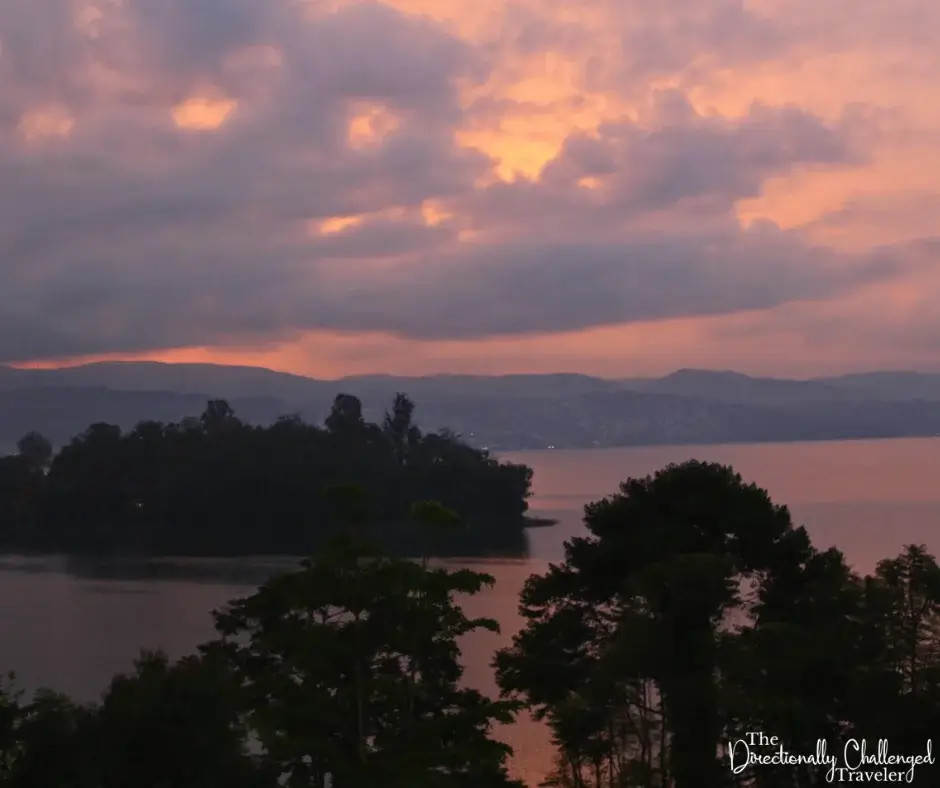
Biodiversity in Kahuzi Biega National Park
6. Kahuzi Biega National Park is a haven for the largest population of Eastern lowland gorillas in the world.
7. Hosting 136 mammal species, the park is a sanctuary for the rare giant forest genet and aquatic genet.
8. Within its boundaries, the national park preserves 13 different primate species, including chimpanzees and various monkeys.
9. Endemic species thrive here due to the park’s position within the ecologically vital Albertine Rift.
10. The park features a variety of habitats, from dense lowland rainforests to Afro-montane forests, supporting exceptional biological diversity.
11. Its ecosystems on Mounts Kahuzi and Biega contribute significantly to the park’s reputation as a hotspot for biodiversity.
12. It is home to both lowland and mountain gorillas
13. The park is home to a multitude of species including forest elephants, antelopes, and other primates.
14. When established in 1970 by Belgian conservationist Adrien Deschryver, Kahuzi Biega National Park had a clear mission to protect its unique ecosystem and resident mountain gorillas.
One of the few places where tourists can observe the Eastern lowland gorilla
15. Kahuzi Biega National Park is critically important as one of only two locations worldwide where endangered Eastern lowland gorillas can be seen. (The other location is Maiko National Park in DRC).
16. Although the park had about 600 lowland gorillas in the 1990s, this number has diminished to less than 200 today due to civil unrest and habitat destruction.
17. The population has faced a drastic decline due to conflicts but remains a focal point for conservation efforts.
18. The park is managed by the Congolais pour la Conservation de la Nature (ICCN), alongside Wildlife Conservation Society, to provide a safe haven for Eastern lowland gorillas.
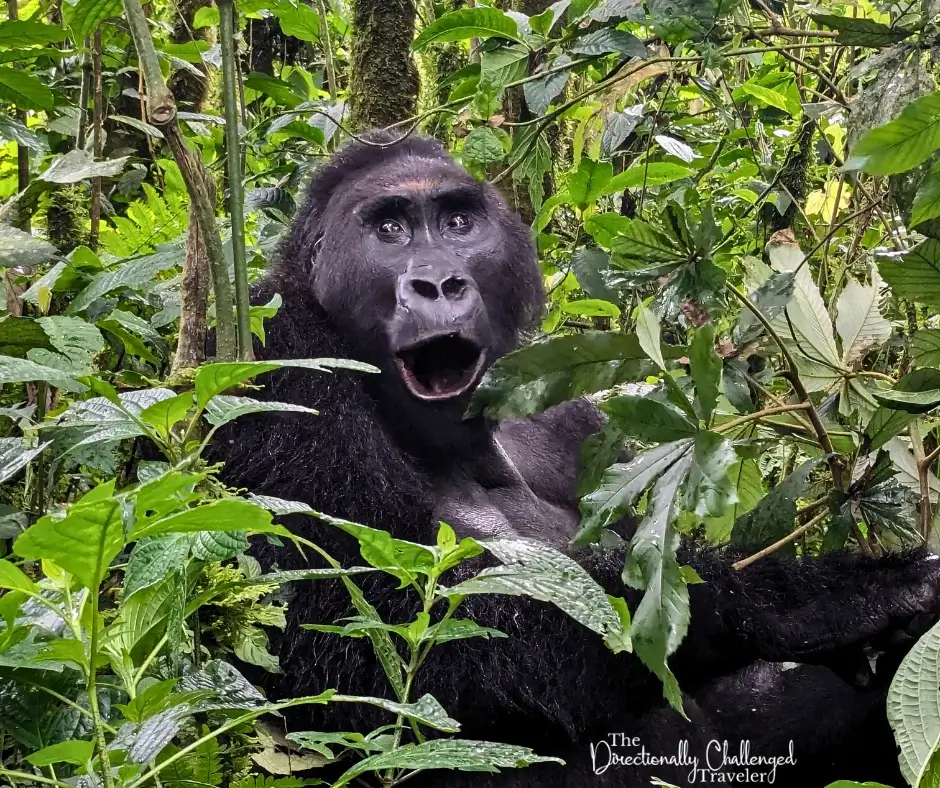
The park’s flora and fauna is rich in diversity
19. Kahuzi-Biega National Park stands out in the Rift Albertine Valley, home to more than 1,200 plant species and playing a key role as one of Africa’s most ecologically rich areas.
20. With 136 mammal species protected within its reach, the park holds more diversity than any other site in the Albertine Rift.
21. The diversity of habitats, such as rainforests, bamboo forests, and Afro-montane forests, lends to the national park’s immense biodiversity.
22. Unique wildlife populations including Eastern chimpanzees, Bongo antelopes, dwarf buffalos, and bush elephants roam free, highlighting the park’s conservation significance.
23. Kahuzi-Biega offers an immersive experience of its lush environment and biodiversity with activities such as gorilla trekking and mountaineering, providing visitors with unforgettable encounters.

The presence of forest elephants, which are a rare sight in other parts of the country
24. Kahuzi Biega National Park is a sanctuary for the African forest elephant, a species distinct from its savanna cousins, seldom seen outside this forested enclave.
25. The park offers rare glimpses of forest elephants wandering amidst its woodlands and savannas—an emblem of Central Africa’s rich tapestry of life.
26. Threats such as poaching and encroachment cast a shadow over the forest elephants, with conservationists striving to shield these gentle giants and their homeland.
27. As rangers of Kahuzi Biega persevere in fortifying the park’s boundaries, the hope for the forest elephants’ future brightens, promising a lasting legacy for this majestic species.
The highest peak, Mount Kahuzi, which is a dormant volcano
28. Dominating the park’s skyline, Mount Kahuzi reaches a soaring 3,308 meters and stands as a dormant volcano with rich volcanic soil that supports diverse flora.
29. Named after this peak, the park offers adventurous hikers the opportunity to ascend Mount Kahuzi and witness the expansive views of the surrounding landscape.
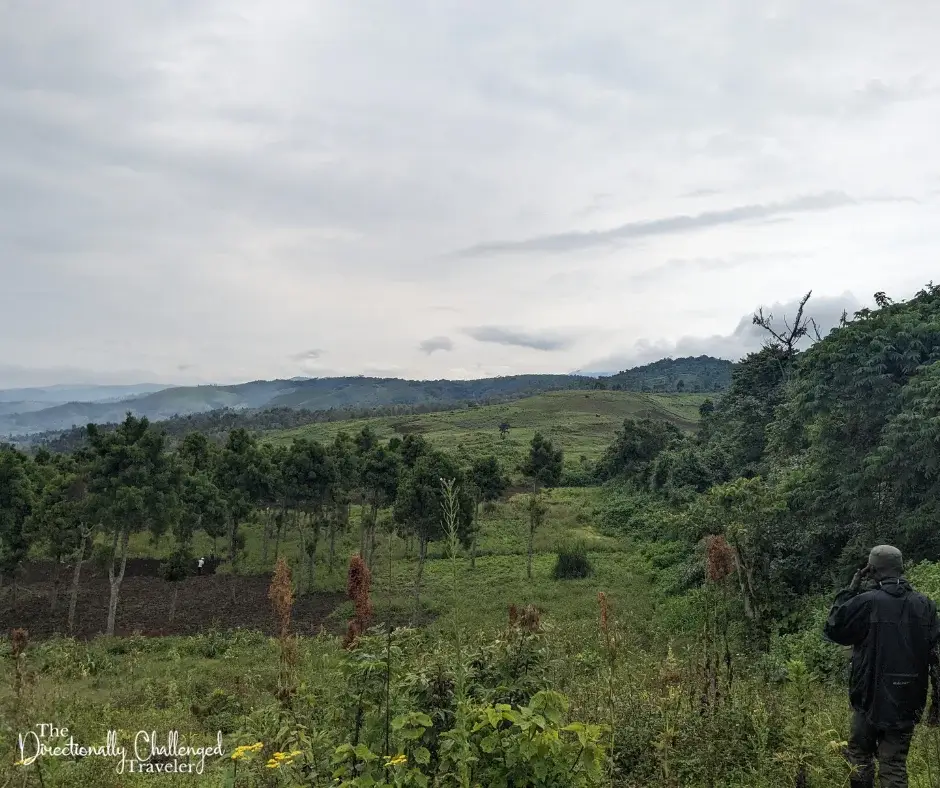
Encompasses both lowland and montane areas, ranging from 700 to 3,300 meters in elevation
30. Kahuzi Biega is unique in its encompassment of elevation gradients, from the lush 700-meter lowland rainforests to the rugged 3,300-meter montane forests atop Mount Kahuzi.
31. The altitudinal variety within the park also supports a mosaic of habitats, including bamboo forests, marshlands, and riparian forests, which are crucial for the survival of its diverse species. If you’re hiking here, be on the look for altitude sickness.
32. Within the dense folds of Kahuzi Biega’s terrain, bamboo thickets provide a dietary mainstay for the park’s gorilla inhabitants.
33. These towering bamboo groves not only offer sustenance but also form part of the unique habitat that is paramount for the gorillas’ continued survival.
34. Eastern lowland gorillas in the park meander through the bamboo, feeding on this key plant which is vital to their diet and well-being.
35. Kahuzi Biega’s guardianship of the bamboo forests underscores the interwoven fate of flora and fauna, ensuring the energy of life pulses through the thriving jungle.
Importance of Kahuzi Biega National Park
36. Established in 1970, Kahuzi Biega National Park is a cornerstone for conservation in the Democratic Republic of Congo, harboring rich biodiversity.
37. The park’s protection of iconic species, particularly the eastern lowland gorillas, is a central aspect of its ecological significance in Central Africa.
38. Designated as a UNESCO World Heritage site in 1980
39. Kahuzi Biega National Park’s recognition as a UNESCO World Heritage site underscores its global importance for habitat conservation of approximately 2000 eastern lowland gorillas.
40. While the World Heritage designation highlighted the park’s ecological value, it also brought to light the ongoing challenges related to protection, political instability, and management effectiveness.
Conservation efforts in Kahuzi-Biega
41. Rigorous conservation initiatives aimed at safeguarding the eastern lowland gorillas and their ecosystem are at the heart of Kahuzi Biega’s agenda, focusing on mitigating threats like poaching and habitat destruction.
42. Collaboration between the Congolese wildlife authorities and international conservation organizations is pivotal in driving effective management strategies to preserve the park’s wildlife and forested areas.
43. The park is not only a safe haven for the eastern lowland gorillas but also an essential site for endemic species, further emphasizing the need to maintain and encourage biodiversity in the region’s tropical forests.
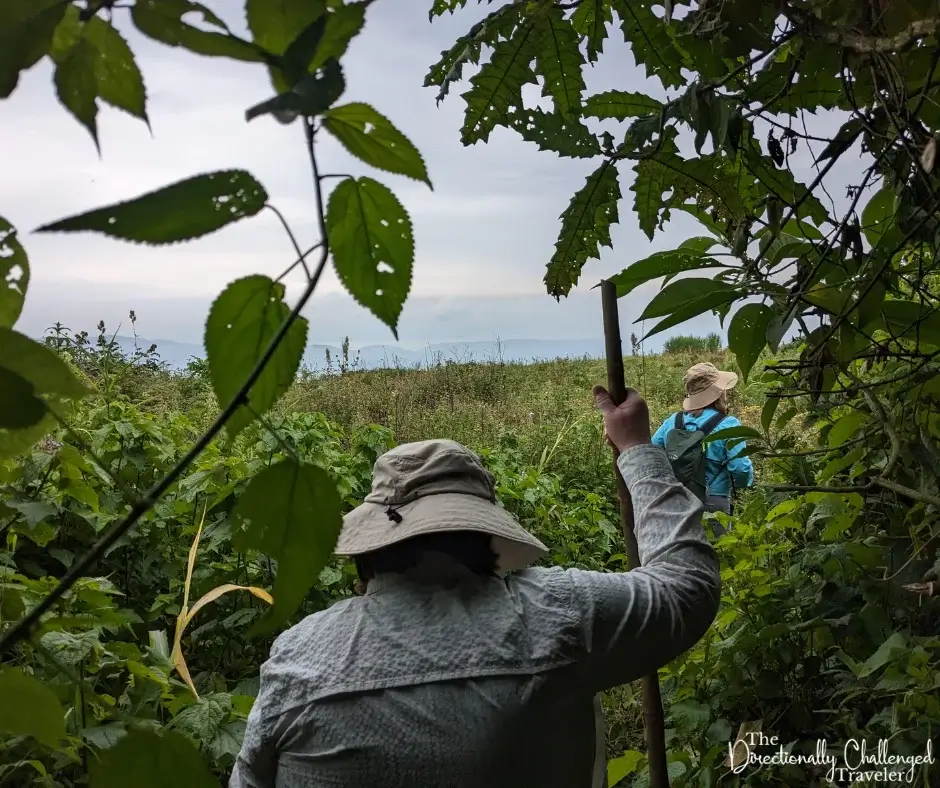
Threats to Kahuzi Biega National Park
44. Illegal coltan mining within Kahuzi Biega National Park has led to habitat degradation, negatively impacting the park’s diverse ecosystem.
45. Ongoing security concerns due to armed militia have rendered significant parts of the park dangerous for both conservation work and tourism.
46. The encroachment of miners within the park boundaries has been linked to intensified poaching, which in turn has led to declines in large mammal populations.
47. Despite a decrease in coltan prices, illegal mining persists, with miners turning to poaching and gold mining, further threatening endemic wildlife.
48. Artisanal oil exploration at old extraction sites has caused habitat conversion, contributing to the park’s ecological challenges.
49. The dire need for additional financial and human resources hinders the management’s efforts to combat the negative impact of illegal mining and protect the park’s wildlife and habitats.
Poaching of gorillas and other wildlife remains a challenge
50. The eastern lowland gorilla population, originally estimated at 8,000 before the war, may now number as few as 2000 individuals due to unceasing poaching.
51. Wildlife trafficking, such as the illegal trade of baby gorillas, continues to be a significant threat to the delicate balance of Kahuzi Biega’s ecosystem.
52. Cross-border collaboration has shown some success in curbing poaching, suggesting the potential benefits of regional military support in protecting the park’s wildlife.
53. Political instability in the Democratic Republic of Congo has increased the difficulties in managing and protecting the park effectively from poachers.
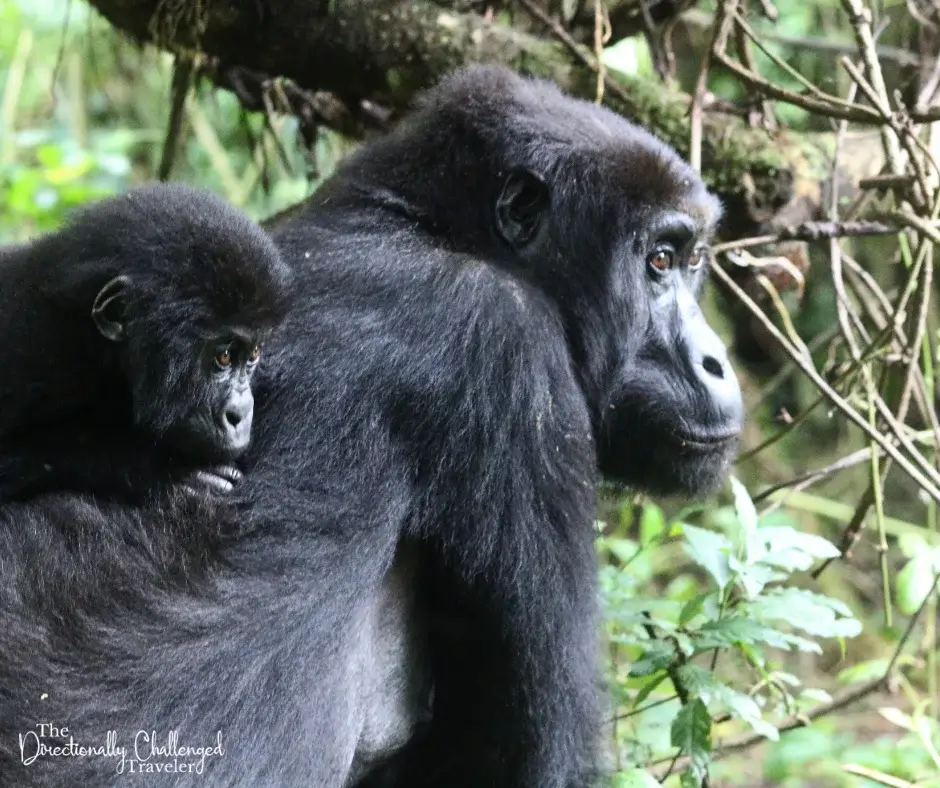
Activities in Kahuzi Biega National Park
54. Lowland gorilla trekking in Kahuzi Biega National Park offers a distinct adventure, differing from the mountain gorilla encounters found elsewhere in the region.
55. Birdwatchers can delight in the park’s avian diversity, where Mount Kahuzi and Mount Biega add to the variety of habitats.
56. Besides the famed gorilla treks, guests can participate in chimpanzee habituation experiences and immersive camping safaris within the park’s lush tropical forests.
57. Cultural enthusiasts have the opportunity for community tours, which include meaningful interactions with locals and insights into their traditional lifestyle.
58. There are lodges directly situated in the park, allowing for easy comfort in the DRC. This is the lodge we stayed in with a queen-size bed, television, fireplace, and a large bathroom!
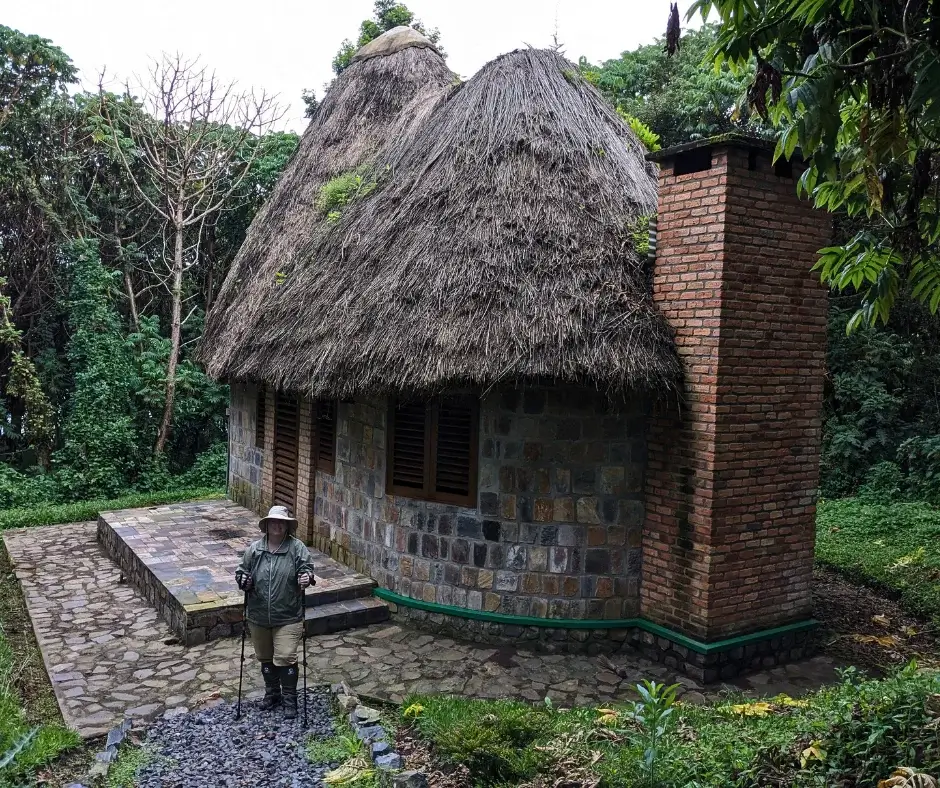
Guided hikes to Mount Biega offer breathtaking views of the surrounding landscape
59. A corridor linking the highland zone to the lowland sector in Kahuzi Biega National Park paves the way for superlative guided hikes through a variety of ecosystems.
60. Ascending Mount Biega’s slopes, trekkers encounter different vegetation zones, giving a holistic view of the area’s ecological diversity.
61. The hikes reveal the full spectrum of the park’s botanical wealth, including the unique Senecio kahuzicus among the sub-alpine flora.
62. Panoramic views await those who venture up Mount Biega, boasting landscapes from dense rainforest and bamboo to the peculiar swamp and bog at higher elevations.
Boat trips on Lake Kivu provide opportunities to explore its scenic beauty
63. Lake Kivu’s proximity to Kahuzi Biega National Park enhances the regional tour experience with serene boat trips showcasing its tranquil charm.
64. In the shadow of Mount Nyiragongo’s volcanic activity, the excursions on Lake Kivu remain a highlight, offering a blend of natural beauty and geological wonder.
65. Boat trips on the lake afford a front-row seat to the dramatic aftermath of volcanic events while enveloped by the region’s arresting scenery.
Final Thoughts
Kahuzi Biega National Park in the Democratic Republic of Congo offers a unique and exhilarating experience for nature lovers and adventure seekers. From the incredible encounters with endangered mountain gorillas to the diverse birdwatching opportunities, this park is a haven for wildlife enthusiasts. The guided hikes to Mount Biega provide breathtaking views and a chance to explore the park’s ecological diversity. The DRC is more than just what we see in the news, it’s a vibrant gem in central Africa.
Save “Fun Facts About Kahuzi-Biega National Park” for Later
About the Author


2 responses to “Fun Facts about Kahuzi Biega National Park”

loved this blog and loved the picture of the gorilla. it’s facial expression is what drew me into click on your blogs and I loved it. thanks for the great read.

Haha I was so happy that I got that shot in time! It’s like he was surprised to see us just as much as we were to see him!



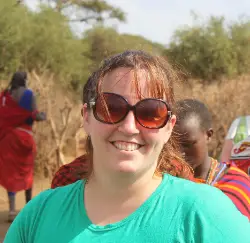

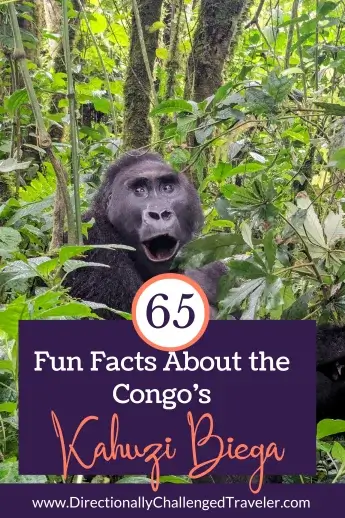
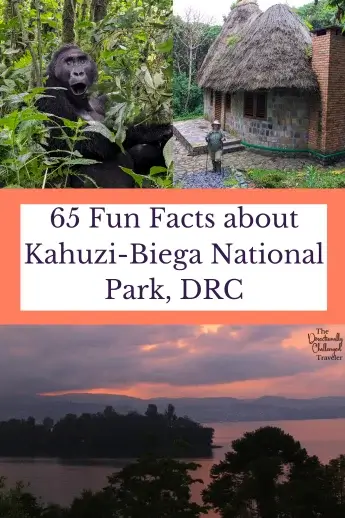



Leave a Reply